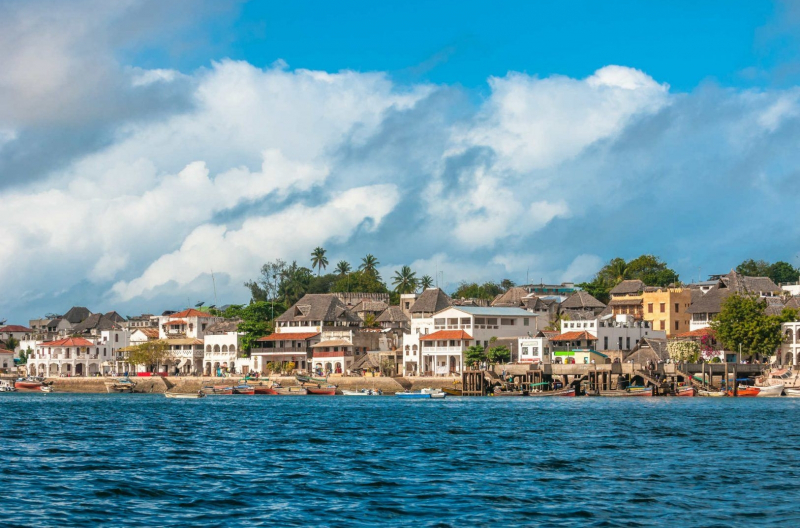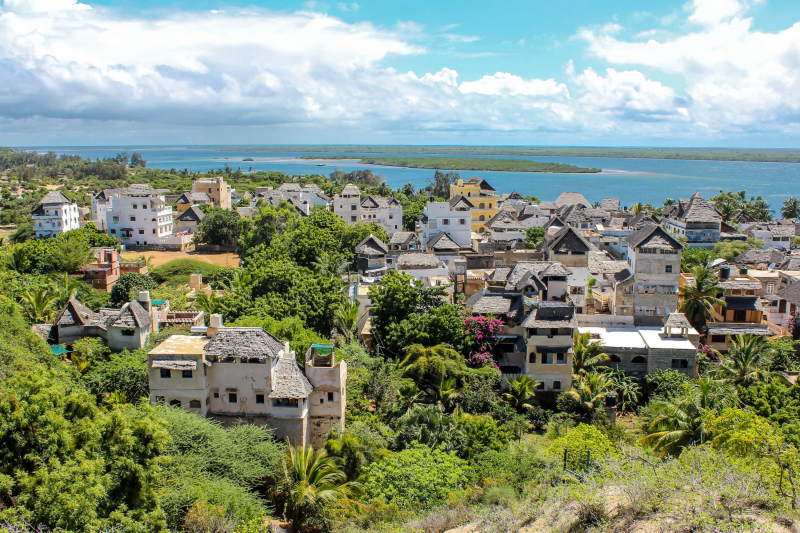Lamu Island
Lamu Island was founded in the 12th Century and is one of the best islands in Kenya. Lamu is one of the longest established, and best-preserved remaining settlements of the Swahili tradition in east Africa that remains today. The island has continually been inhabited for over seven hundred years and continues to be an important center in eastern Africa. Swahili Culture The island of Lamu is a Swahili settlement filled with culture. Prior to the birth of the Islamic prophet Muhammad, people from various countries and regions migrated to the island of Lamu. Traders and sailors from the Arabian Peninsula, China, India, and South-East Asia traveled across the Indian Ocean to the East African Coast to reach the island of Lamu. The diverse mixture of sailors and traders with the native people of the Lamu island created distinguishable social classes and a diverse social structure on this African Island. The Swahili language is known as Kiswahili and has various dialects throughout the island.
There are several different social classes that the people living on Lamu Island are considered to be part of. The Swahili culture has a rich history and embraces all parts of the society on the island of Lamu. Because of the small winding roads on the island, residents are forced to walk on foot or by donkey to get to wherever they are going. Along its southern coastline, the area of Lamu island is composed of mainly sand dunes, which cover the Shela aquifer which is responsible for the island's main source of water.
Location: Lamu Archipelago, Kenya, Indian Ocean










